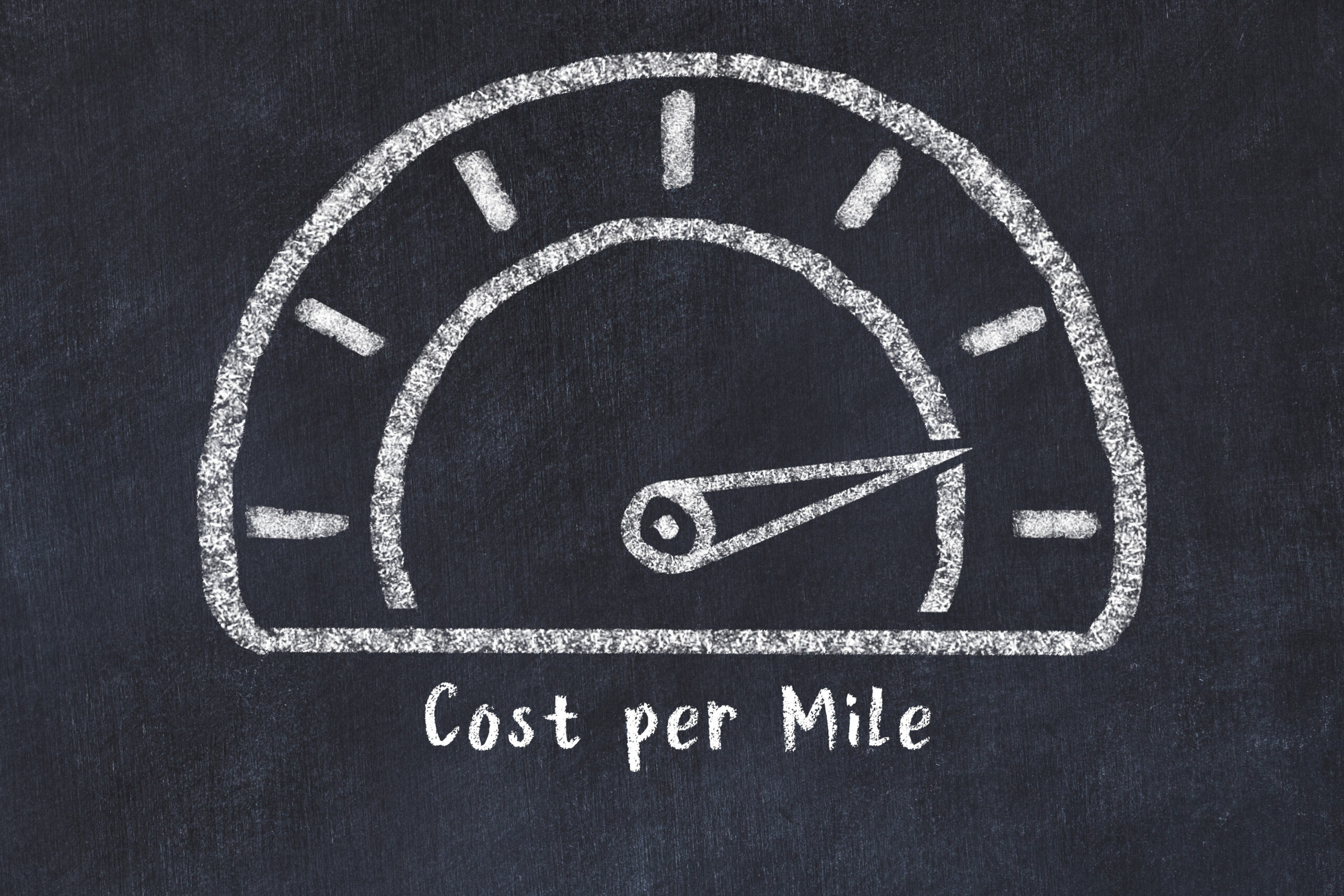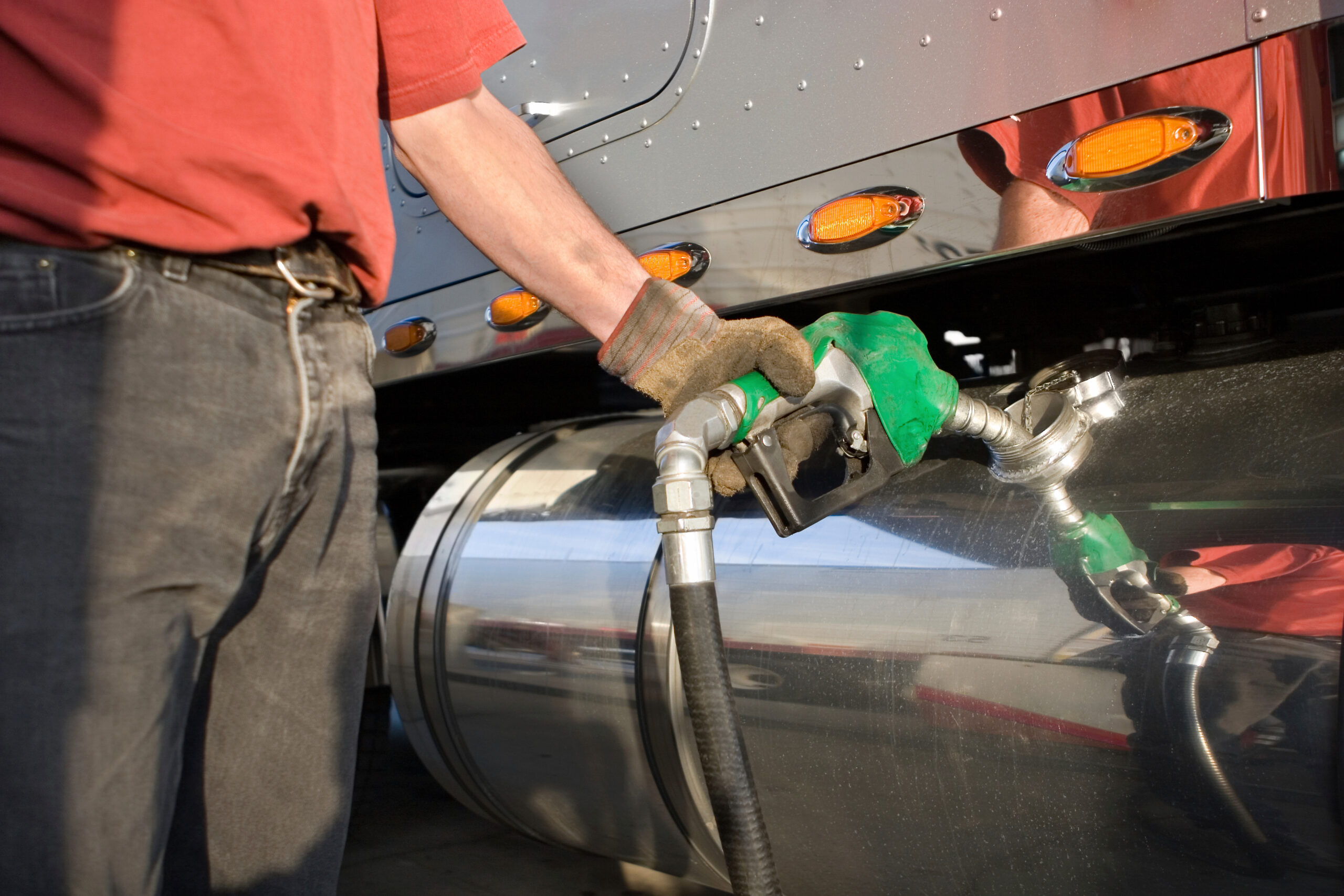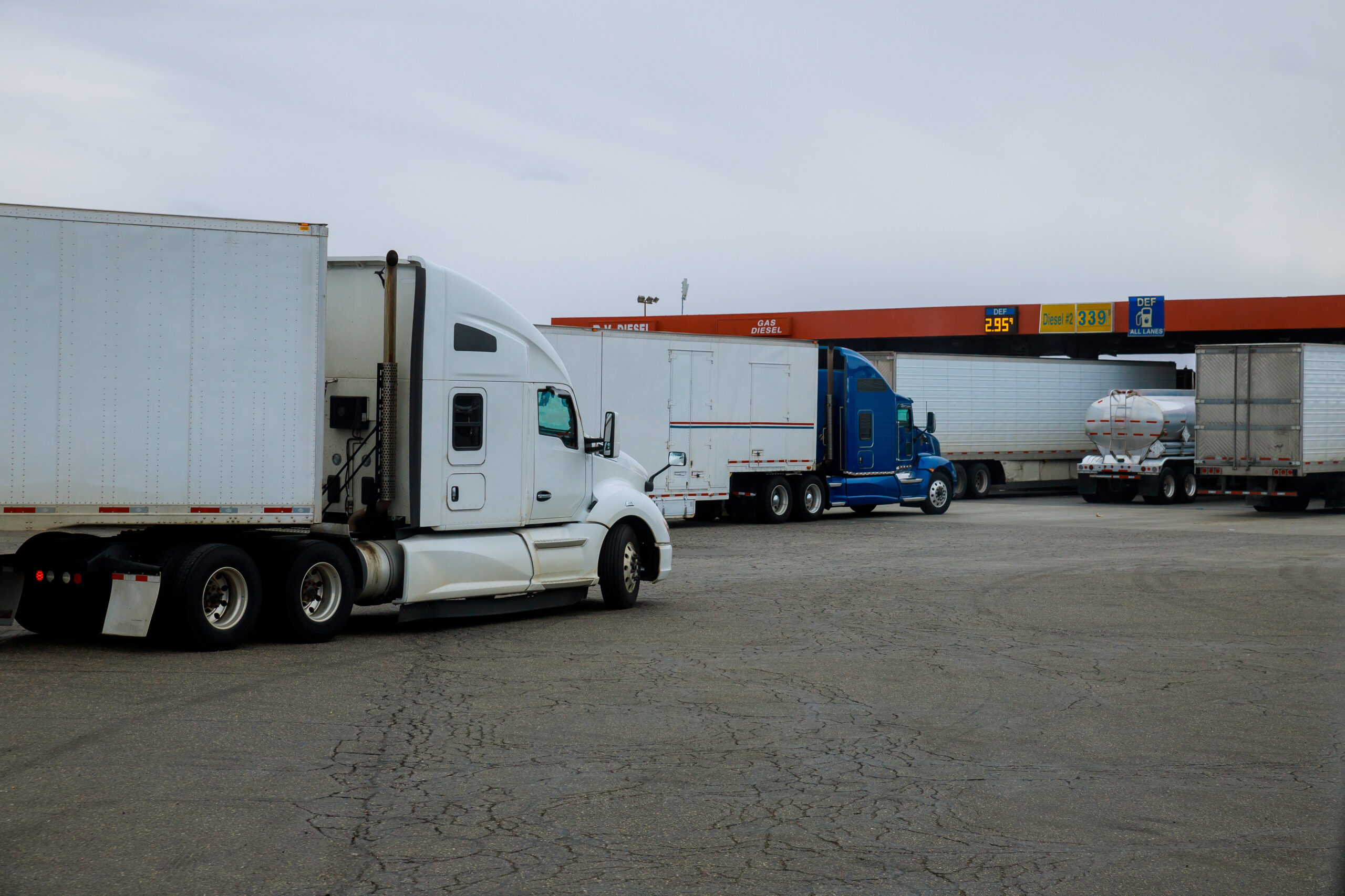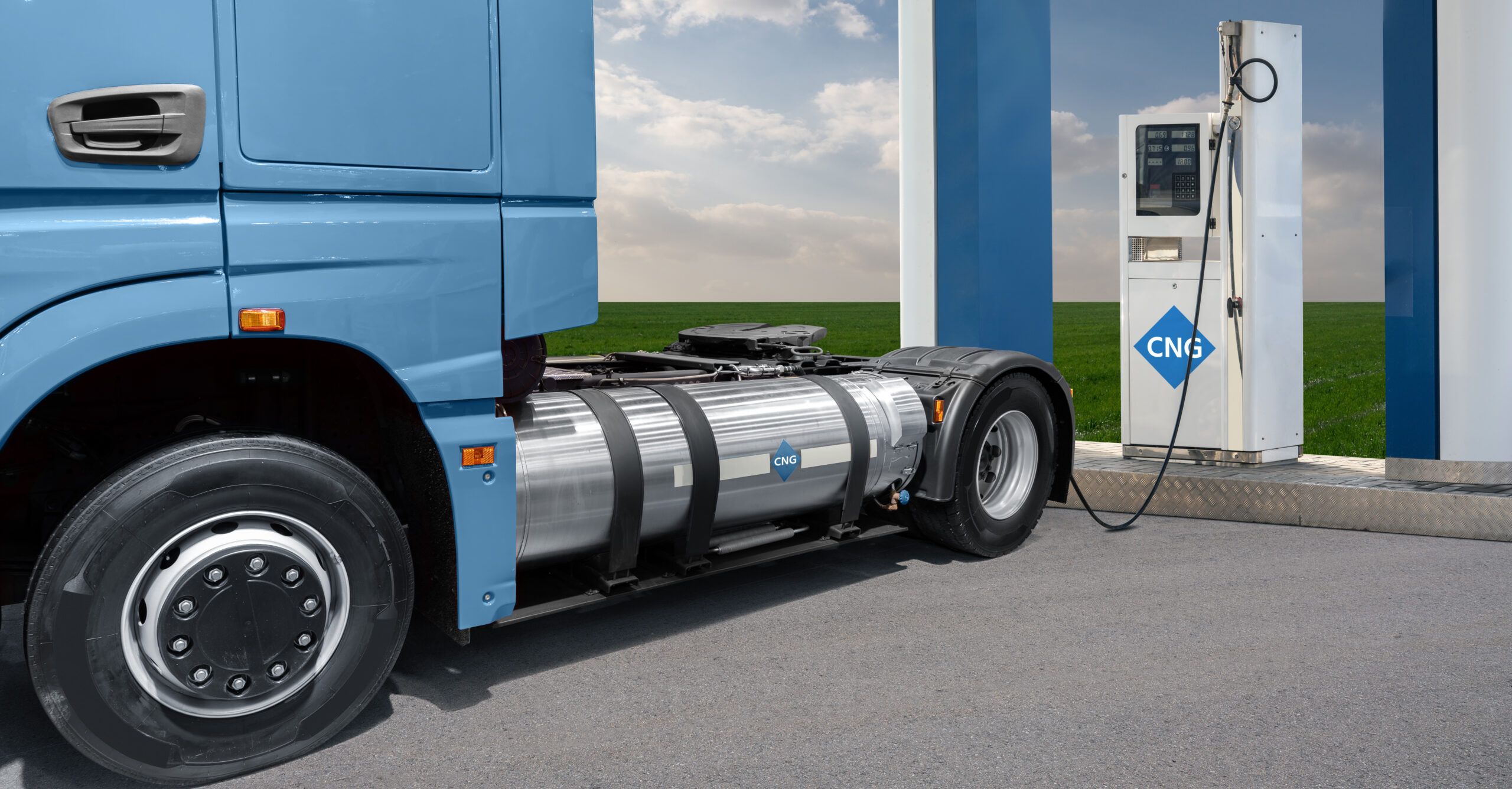Rising diesel prices are escalating the operational costs of fleets. Coupled with the steady rise of other expenses, the imperative for fleet managers to enhance their fleet efficiency has never been clearer.
Fleet efficiency involves optimizing vehicles, trailers, containers, drivers, and administrative personnel. In this article, we’ll delve into the concept of fleet efficiency and its significance in the trucking industry and outline six best practices to elevate it
What Is Fleet Efficiency?
Before discussing how to improve fleet efficiency, it is important to understand what it means. Fleet efficiency is improving the performance of a company’s fleet of vehicles.
A fleet manager must review and monitor various factors to improve fleet efficiency. To measure fleet efficiency, fleet managers use three main indicators:
- Safety metrics help to identify risk patterns and implement preventative measures. These measures include accident rates, driving violations, and maintenance compliance.
- Cost efficiency metrics help identify areas of waste or inefficiencies in a fleet. These indicators include fuel efficiency, idle time, and vehicle utilization.
- Compliance metrics indicate how well a fleet complies with relevant regulations and standards. These measurements include on-time deliveries, hours of service, and emissions compliance.
Importance of Efficiency in the Trucking Industry
Fleet efficiency is pivotal for the prosperity of the fleet for several compelling reasons.
One of the obvious benefits is reducing costs. Profit margins will improve by prioritizing enhancements in key fleet areas and adopting technologies that reduce fleet fuel costs. Given the existing squeeze on margins, proactive investments today promise significant returns in the future.
Environmental responsibility is another major factor. With governments increasingly urging businesses to consider their ecological footprint, the trucking industry is under the spotlight. Enhancing fleet efficiency reduces emissions and steers the organization toward a more eco-friendly trajectory.
In addition, it’s crucial to consider the well-being and satisfaction of employees. A streamlined and efficient fleet cultivates a reduced-stress environment and can improve driver retention. This minimizes operational challenges, such as last-minute alterations and excessive idle time, ensuring more consistent schedules and improving driver satisfaction.
6 Best Practices for Improving Fleet Efficiency
Prioritizing fleet efficiency enhancement is an effective strategy for cutting down fleet costs. There are many things fleet managers can do to improve efficiency, including:
1. Enhance Truck Aerodynamics
Aerodynamic devices are a primary contributor to fleet efficiency. There are a variety of devices to choose from, such as aerodynamic bumpers, mirrors, and roof fairings. Not only do these devices help reduce fuel consumption, but they can also reduce emissions and improve driving capabilities as less wind buffets the vehicle.
Among the great devices that can help fleet efficiency are tractor gap devices, like TruckWings. TruckWings closes the gap between the cab and the trailer, making the truck more aerodynamic. Increased aerodynamics helps to improve airflow and fuel economy.
2. Optimize Operations With Telematics
Telematics is a trucking technology that monitors a fleet vehicle’s data points and transfers them to a central system for real-time analysis. A fleet manager can then use that data to make better decisions for the entire fleet.
With telematics, fleet efficiency can be improved in a variety of ways. A fleet tracking system can avoid traffic delays on the original route and track the fleet’s location. Additionally, it can monitor fuel consumption and address any drivers who waste fuel. Predicting mechanical issues with a vehicle health indicator can minimize downtime.
3. Provide Feedback and Foster Communication
Leveraging technology allows fleet managers to monitor essential metrics related to driver behavior. Since better driving practices can lead to decreased fuel consumption, engaging drivers in constructive dialogue is essential.
Instead of delivering feedback as criticism, positioning it as constructive coaching can make drivers more receptive. In addition, two-way communication is essential: while fleet managers should provide feedback, drivers should also have avenues to voice their insights and concerns.
Given their hands-on experience, drivers often offer crucial perspectives that can enhance overall fleet operations. Their feedback can also highlight potential improvements in communication channels, ensuring a transparent and effective exchange between managerial staff and drivers.
4. Streamline Operations With Software
Advancements in technology have paved the way for software solutions and mobile apps that bolster efficiency in the trucking industry. Gone are the days when fleet management relied on cumbersome paper trails and whiteboards. These methods were time-consuming, prone to errors, and lacked analytical depth.
Modern fleet management tools offer real-time connectivity and derive insights from vast data. This software ensures accurate data collection from vehicles and stores it centrally for effortless retrieval. Vehicle maintenance records, both past and upcoming, are readily available with timely alerts. Integrated mobile apps further bridge communication between drivers and the central office, guaranteeing access to current information.
5. Reduce Idle Time With Fuel-Efficient Routes
Excessive idle time can escalate fuel consumption, maintenance expenses, and environmental impact. Sending drivers on suboptimal routes only further reduces semi truck fuel efficiency.
Utilizing routing software, you can minimize idle time by optimizing routes based on variables like delivery addresses and delivery times, ensuring paths with minimal traffic. Educating drivers about turning off engines during halts and utilizing telematics for real-time data can further reduce idle periods and prevent unnecessary traffic delays.
6. Implement Preventive Maintenance
Instead of reacting to breakdowns, fleet managers should proactively implement preventive maintenance schedules. This approach addresses potential issues before they escalate, minimizing unplanned vehicle downtime.
Proactive truck fleet maintenance not only curtails downtime but also optimizes fuel efficiency. Routine measures, such as tire inflation and oil filter replacements, are crucial for peak vehicle performance and can substantially reduce repair expenses. Taking a proactive stance reduces downtime for drivers and eliminates emergency responses.
A robust preventive maintenance strategy begins with a comprehensive fleet inventory and current records. Plans should be tailored for each vehicle, considering its usage, season, mileage, and engine hours. Continual monitoring of these elements enables informed decisions. Furthermore, training drivers to conduct inspections and report findings to a central system enhances the preventive approach.
Optimize Your Fleet Efficiency With TruckLabs
Understanding fleet efficiency is foundational for any trucking company committed to optimizing costs and operations. It’s not a one-time effort but a continuous endeavor. By embracing technological advancements, such as aerodynamic improvements with TruckWings, companies can drive tangible improvements in fuel efficiency.
Check out TruckWings or contact us if you’d like to learn more about how to improve your fleet’s efficiency.










